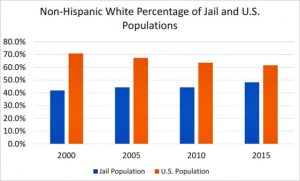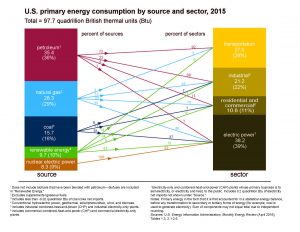 Kevin Drum keep us updated on the lead crime hypothesis. His latest post on this topic: Lead Update: White Folks and Alabama Prisoners.
Kevin Drum keep us updated on the lead crime hypothesis. His latest post on this topic: Lead Update: White Folks and Alabama Prisoners.
The lead hypothesis predicts that young cohorts are less crime prone than older cohorts, so their share of the jail and prison population should decline. It predicts that black crime rates will drop faster than white crime rates. And it also predicts that small-city crime rates will drop faster than big-city crime rates. All of these things have turned out to be true.
The lead crime connection has an element of environmental racism, which is not often discussed. In Statistics Materials you’ll find lead and crime data for linear regression and further information.

 The ARC Centre of Excellence for Coral Reef Studies
The ARC Centre of Excellence for Coral Reef Studies If you are looking for U.S. energy data then visit the
If you are looking for U.S. energy data then visit the 
